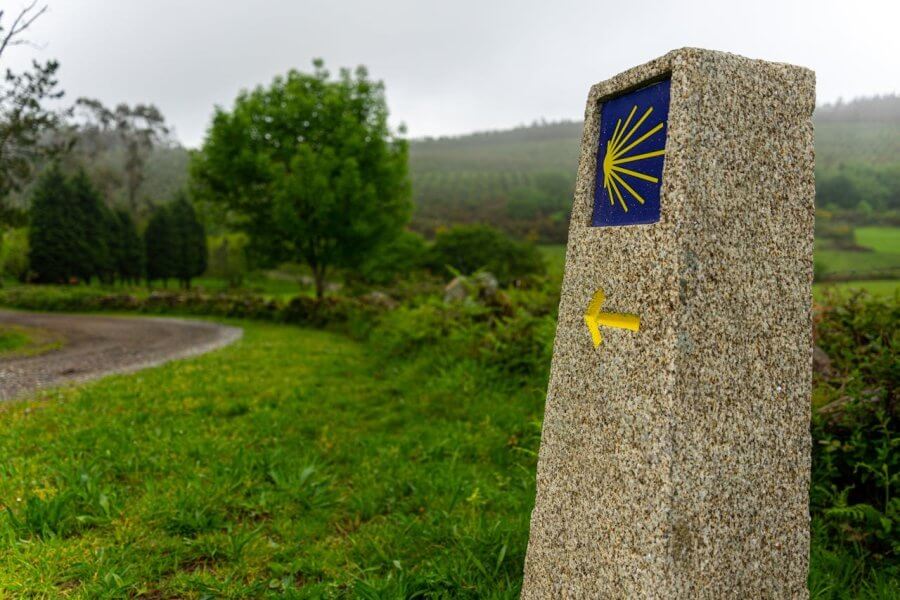In a fast-paced world where everything is rushed, the notifications never stop coming, and the stress seems to be our daily companion, taking a break or time to unwind is a must. While a beach holiday is great, walking is one of the best options since ancient times; that’s why a walking holiday can be the best solution. Imagine walking through spectacular landscapes while learning more about history, culture, and a little more about yourself. That’s exactly what the Camino de Santiago has to offer.
 pexels-gyozo-morocz-517633466-30582533__1_
pexels-gyozo-morocz-517633466-30582533__1_
A long-distance trail, a multi-day hike, and a pilgrimage route to Santiago de Compostela that have over a thousand years of history and still attracts thousands of people each year, not only for its religious importance but also for the unique experience and challenge it represents. If you’ve ever been curious about doing so, this guide will give you everything you need to know to get started.
What Is the Camino de Santiago Really?
The first thing you need to understand is that the Camino de Santiago is not a single route, but a network of paths that crisscross Europe and converge at the Cathedral of Santiago de Compostela, in northwestern Spain. According to the Christian religion and tradition, the remains of the apostle Saint James are there, making this place one of the most important pilgrimage destinations since the Middle Ages.
While its beginnings are related to religion, nowadays it is a major hub for not only spiritualism but also for people looking to challenge themselves and reconnect with nature and their inner selves. That’s why many people do it for sport, for personal motives, or simply to escape from routine. The most important thing about the Camino is that, regardless of tour reasons to do it, it always has a special way of leaving a mark on those who walk it.
Beyond the landscape or the physical workout, what truly makes the Camino de Santiago unique are the traditions and rituals that are passed along on its route. The most famous symbol is the scallop shell worn by pilgrims everywhere, and, of course, the Compostela, the certificate that validates the pilgrimage (you need to do at least 100 kilometers on foot). But what most people agree on as the best reward is the number of stories and experiences you get throughout the route.
Santiago Ways: The Agency That Simplifies Your Adventure
While walking for days or 100 kilometers to get the Compostela seems like a lot of planning, don’t worry, some agencies can take everything for you, and one that stands out thanks to its thousands of positive reviews on platforms like TrustPilot is Santiago Ways. They offer personal attention and full packages that include accommodation, luggage transfers, and assistance during the entire trek.
Not only that, but they can tailor the itinerary based on your needs and fitness level, as well as recommend the most suitable route for you, from 1 week to the full trek, and select where to sleep, either in hotels with more facilities or in traditional hostels. If you want to be sure of not having any worries, they are worth considering.
The Most Popular Routes: Which One to Choose?
The French Way may be the most popular route, but it’s not suitable for everyone. Don’t worry, there are many other trails to choose from. There are many. They each have their own personality, difficulty, and landscapes. While the French Way is highly suitable for beginners thanks to how well the paths are marked, it can get really crowded, so if you prefer something less crowded, the Northern Way, which runs along the Cantabrian coast, is an excellent option. Another option is the Portuguese way, it’s still popular but not as much as the French Way, and is still well marked.
It starts from Lisbon or Porto and offers a ton of green and coastal landscapes as well as delicious cuisine. The choice depends on how much time you have, your physical condition, and what type of experience you’re looking for.
Conclusion
The Camino de Santiago is not only a hike, it’s much more than that. It’s an experience that has surpassed its religious beginnings, in one way or another, it ultimately transforms those who experience it. Whether it’s the physical challenge, the connection with nature, or the conversations with other hikers, something changes in you after walking it. So, if you’re thinking about doing it, don’t wait for the perfect moment, because the Camino is calling you, and with the help of agencies like Santiago Ways, you can focus on the trail.


